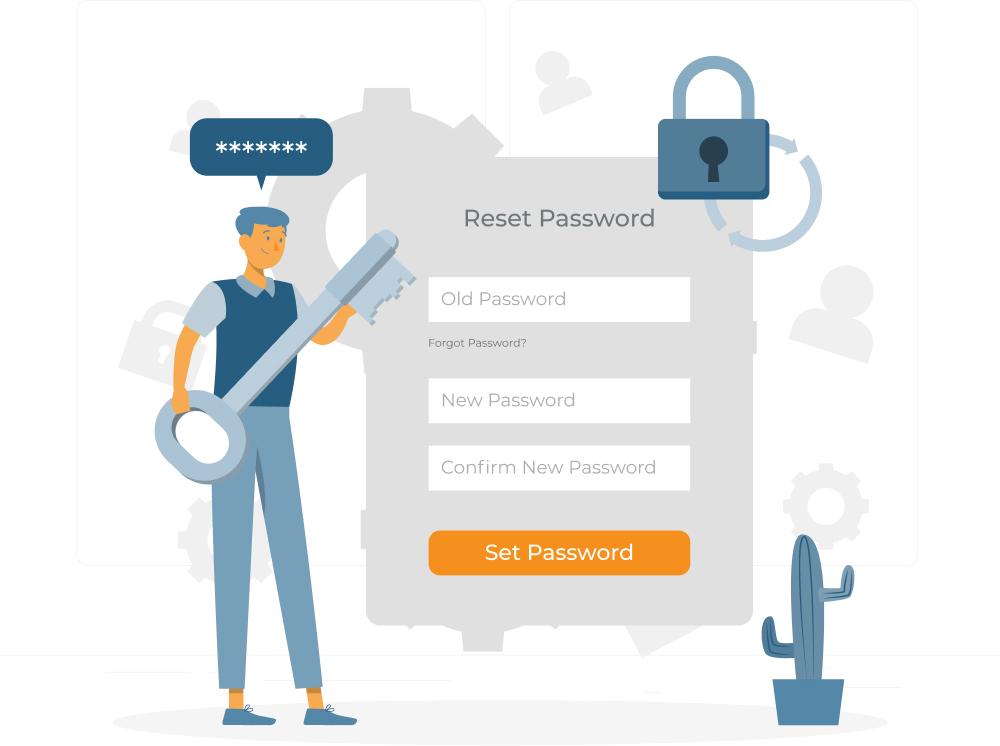Nowadays, it’s really not just about getting things done – it’s about doing them in a way that’s both productive and mindful of our resources. AI is emerging as a powerful force for sustainable optimisation across various industries. Here’s how AI and tech, in general, can help you make smarter choices for your workflow and minimise your environmental footprint.

AI-Powered Sustainability in Action
Building Management Systems (BMS):
BMS tools analyse energy consumption patterns, allowing building owners to optimise heating, cooling, and lighting usage.
The result? It reduces energy waste, cuts costs, and contributes to a smaller carbon footprint.
Some examples of its application include:
Lighting: BMS systems dim lighting automatically in underutilised areas or during hours of ample natural light. They can also learn user habits to adjust lighting preferences, further optimising usage.
HVAC: AI systems learn occupancy patterns to pre-cool rooms or areas before anticipated usage and power down during inactive periods. Advanced systems leverage real-time weather data for predictive temperature controls.
Internet of Things (IoT):
Internet of Things (IoT): Smart sensors and AI-powered analytics can optimise supply chains, streamline manufacturing processes, and even predict equipment maintenance needs.
The result? It prevents costly breakdowns, eliminates unnecessary resource utilisation, and supports leaner operations. All music to our ears.
Some examples of its application include:
Smart Agriculture: IoT sensors monitor soil moisture, temperature, and weather conditions. AI-powered systems then make precise irrigation adjustments, optimising water usage and crop yield.
Predictive Maintenance: IoT sensors attached to machinery collect data on vibrations, temperature, and other performance indicators. AI algorithms detect anomalies, suggesting preventative maintenance before breakdowns occur – saving resources and reducing downtime.
How Tech can help you maximise efficiency and insights
Power BI: Microsoft’s business intelligence tool uses AI to extract meaningful insights from vast amounts of data. The tool also helps visualise important data and bring it to light.
How it helps: Helps identify waste patterns, track sustainability metrics against goals, and make data-driven decisions to optimise resource use.
Copilot: This AI-powered coding assistant suggests lines of code and even entire functions, improving developer efficiency.
How it helps: Reduces time spent on repetitive tasks, freeing up developers to focus on strategic coding solutions that can lead to broader sustainability improvements within systems.
Beyond the Tools: AI-Assisted Productivity
Remember, the AI tools mentioned above require thoughtful implementation to maximise their effectiveness – so what other things can you do to make the most out of the tech available? Here are a few additional tips:
Automate wisely: Identify repetitive tasks that AI can automate reliably, freeing up your time for higher-level work.
Look for the ‘green’ features: Seek out software and apps that specifically have sustainability-focused functions or prioritise energy efficiency in their design.
Educate yourself: Stay informed about emerging AI-powered sustainability solutions relevant to your industry.
Other More Practical ways Tech can Help:
Remote working
This goes without saying, but it is worth mentioning in today’s seemingly pushing reversal to in-office work. Remote working saves time on commuting (also reducing traffic) and decreases office costs, it generally improves quality of life and has been proven to increase productivity. It’s a sustainable way forward. Accountability and task-tracking applications improve transparency and productivity overall. Apps such as Teams, Zoom and Google Meet are some of the ways they have improved the lives of many switching to remote. Why not embrace it where we can?
Cloud-Based Resource Sharing
Cloud solutions reduce the need for individual hardware and data centres. Shared server space and computing power through the cloud lead to more efficient resource utilisation, reducing the environmental impact of digital technology. Examples of this are OneDrive, Google Drive, Dropbox and Sharepoint.
The Takeaway
Sustainable productivity is about harnessing the power of technology to work smarter, not harder. By integrating available tech and AI tools, data analysis, and a forward-thinking mindset, you can improve productivity across the board while making mindful choices for our planet and your life!
We’d love to hear from you! How are you using AI technologies to optimise your work and contribute to sustainability goals? Share your experiences by emailing write@keepmeposted.com.mt

